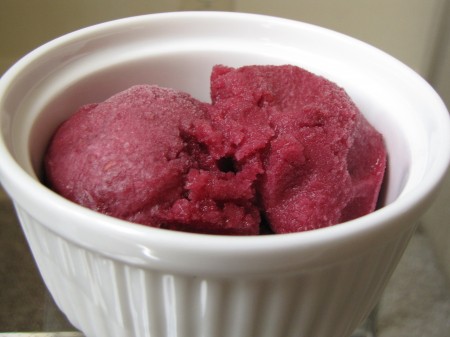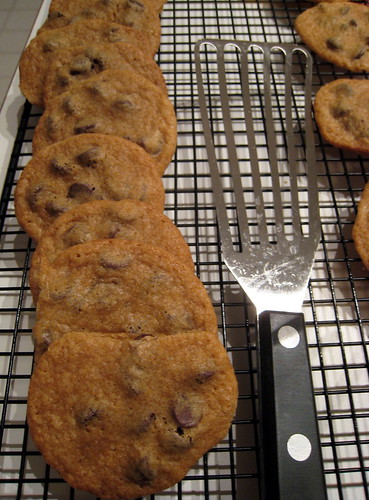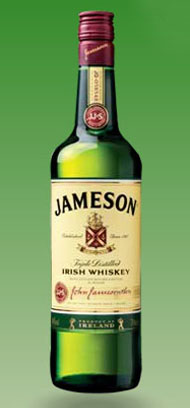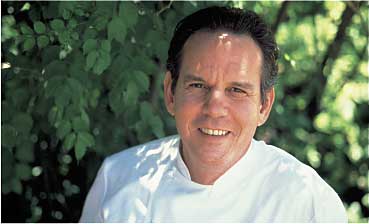
The above spoken in the same intonation as Felix
Unger saying, "Oscar, Oscar, Oscar."
I was stoked when I read that Adam
Richman was coming to Connecticut to film an episode of
Man vs. Food. I love the show, in spite of its celebration of gluttony and cuisine with enough cholesterol to kill a platoon of marines. And since the
Hartford Courant story said that Adam was a Yale School of Drama graduate, I figured he'd scoped out Connecticut's and especially New Haven's great eats.
Alas, it was not to be. Adam's Connecticut episode aired last night, and to my and my wife's amazement it focused on . . . Hartford? I'm not saying the Capitol city is devoid of good food. The Franklin Street neighborhood has some great and venerable Italian eateries and downtown has its fair share decent places to eat. But no one would consider Hartford a culinary Mecca.
Even stranger was Adam's pronouncement that Hartford was known for . . . hot dogs? I've lived here most of my life and worked in Hartford for more than decade. Not once have I heard anyone say that the city, or anywhere in Connecticut, is famous for hot dogs.
Adam managed to find two hot dog joints, one of which was in
Newington on the Berlin Turnpike, the closest thing the Nutmeg State has to a red light district, neither of which I have ever heard of.
But Adam did get one thing right: Steamed cheeseburgers. They are unique to the small patch of central Connecticut (
Meriden-
Middletown) where I grew up. Drive 10 miles in any direction and they disappear. His segment at a steamed cheeseburger joint in
Meriden was spot on.
But then Adam committed the ultimate Connecticut sin. He dissed our pizza. I hate to break the news Adam, but our fair state does not obsess over hot dogs. It
obsesses over crust, cheese and sauce. You can't throw a stone in Connecticut without hitting a pizza joint. Drive down any main drag in the state and you will see as many as two or three a block. And they all stay in business. I've never seen any data, but I suspect we eat more pizza per
capita than other state.
So does Adam go to the epicenter of Connecticut pizza, Wooster Street in New Haven's Italian section? No. He goes to Wooster Street Pizza in a Hartford suburb. And he
mispronounces "Wooster." ("
wooh" as "who" instead "
whu" as "
whuff".) Now, I've had Wooster Street Pizza pizza and it's not bad. But it's nothing like the New Haven places.
I get emails from the
show's publicist and this time she included a personal note reminding to watch since I live in Connecticut. I wrote back saying I was disappointed and she suggested Adam might come back and do a New Haven show.
Adam, please, please do. Here's a suggested itinerary:
Sally's and Pepe's Apizza on Wooster Street in New Haven: Two legendary brick oven joints that always have lines out front. Both in business since the 1930s. New Haven area residents go to one or the other. And the
Apizza thing? It means "tomato pie" in the Italian dialects that immigrants from the
Amalfi region near Naples brought with them. Great pizza, great stories, great history. Pepe's is also the birthplace of the white clam pie.
Libby's on Wooster Street in New Haven: An Italian pastry place in business for more than 70 years. The
canolis and cookies are fantastic, but the best is the Italian ice. Classic New Haven deserts.
Louis' Lunch in New Haven: The place that literally invented the hamburger in 1900, and it's been going strong every since. A no nonsense joint where the burgers are served on bread instead of buns.
Lenny's in Branford or Chick's in West Haven, both just outside New Haven: Great places for two Connecticut classics, fried strip clams and lobster. Classic New England seafood at its best.
Liuzzi's in North Haven: The best Italian deli in the New Haven area, which is saying something. They make their own cheeses. A line every lunchtime for their sandwiches and prepared foods, all of which are superb.
Polish National Home in Hartford: I can't forgot Connecticut's strong Polish heritage. A classic old world joint that serves up Polish classics and sells Polish beer in European style half liter bottles, cylinders that taper to old-fashioned round openings with lips around the edges. Speciality of the house is the Polish Plate: kielbasa,
sauerkraut and
perogies. Great, great stuff.
Of course Adam needs a food challenge. I suggest the annual
paczki (pronounced
poonch-key) eating contest every Fat Tuesday at
Edy's Bakery in Ansonia outside New Haven. A
paczki is basically a Polish jelly doughnut made for Lent.
So there you have it, Adam.
C'mom back and eat the real Connecticut.
















































